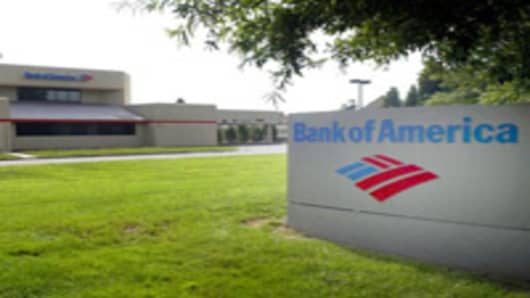Net income climbed to $5.76 billion, or $1.28 per share, from $5.48 billion, or $1.19 per share, a year ago.
The Charlotte-based bank's revenue grew 8% to $19.96 billion from $18.52 billion last year.
Analysts estimated earnings of $1.20 per share on revenue of $18.58 billion, according to a poll by Thomson Financial.
The bank cited revenue increases in its three main business lines: consumer and small business banking, corporate and investment banking and wealth and investment management, as reasons for the quarter's results.
"Our businesses are doing a good job of attracting new customers and expanding our relationships with existing clients," Chairman and Chief Executive Officer Kenneth D. Lewis said in a statement accompany the earnings results.
Investment banking revenue rose 26% from a year ago and retail product sales added 8%.
Noninterest income rose 17% to $11.18 billion from $9.59 billion in the second quarter of 2006, driven by increases in equity investment gains, other income, investment banking and service charges.
Strong originations of first mortgages were boosted by the successful launch of the bank's No Fee Mortgage Plus program, which accounted for 11% of first mortgage production in the quarter.
Bank of America set aside $1.81 billion overall for credit losses, up from $1.24 billion in the first quarter and $1.01 billion in the second quarter of 2006. Net charge-offs rose to $1.5 billion.
CEO Says Buying All of LaSalle
Bank of America Chief Executive Kenneth Lewis pledged on Thursday to complete the $21 billion acquisition of all of LaSalle Bank from ABN AMRO early in the fourth quarter.
Lewis tried to reduce speculation that the second-largest U.S. bank might keep LaSalle's Chicago-area business, which includes many affluent clients, while selling its Michigan-based business, where the area economy is weaker.
"We expect to have the entire company, and are looking forward to having it," Lewis said on a conference call discussing second-quarter results. "We like it as it is. We think it has a great (internal rate of return), and some upside potential as well."
The transaction would give Bank of America control of about 10 percent of U.S. deposits, the maximum allowed under federal limits.


